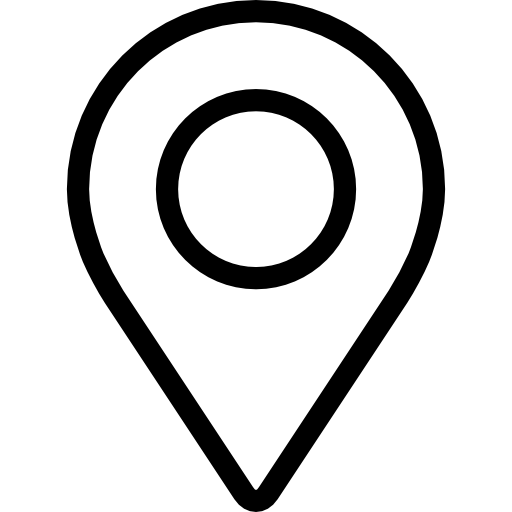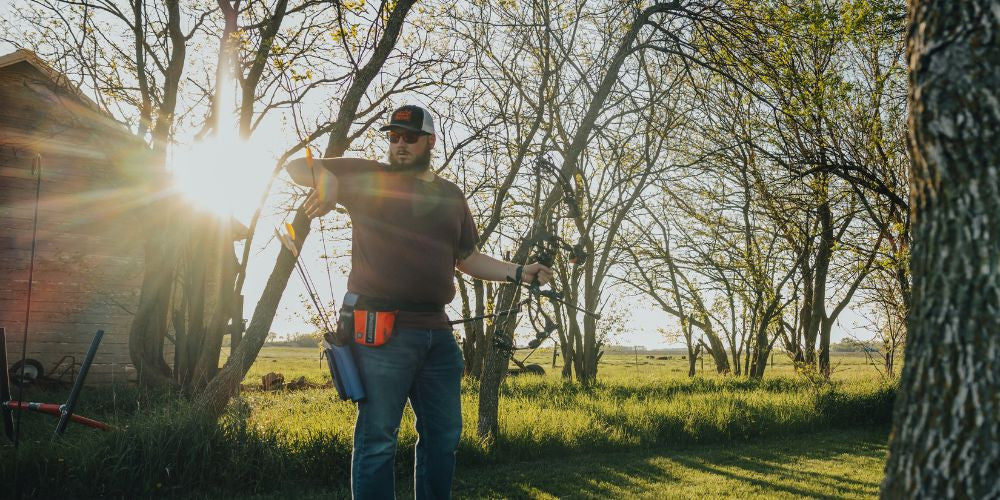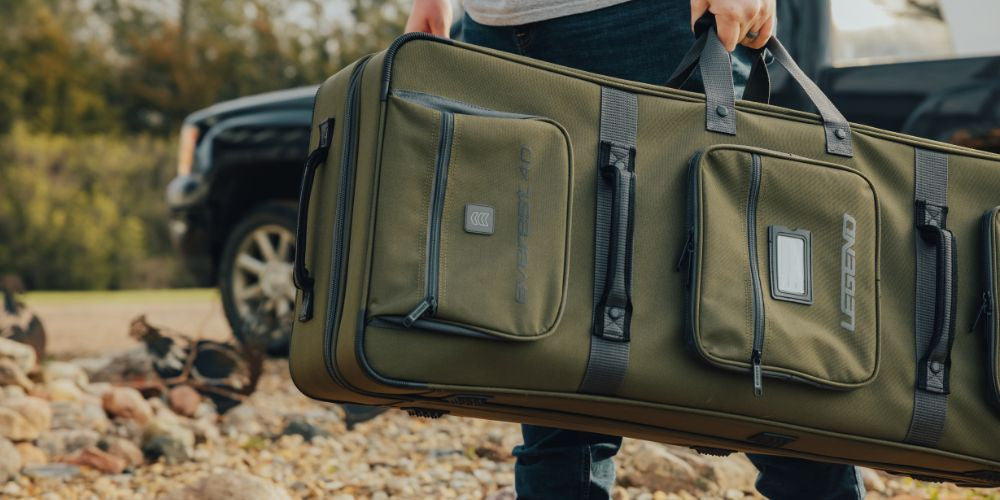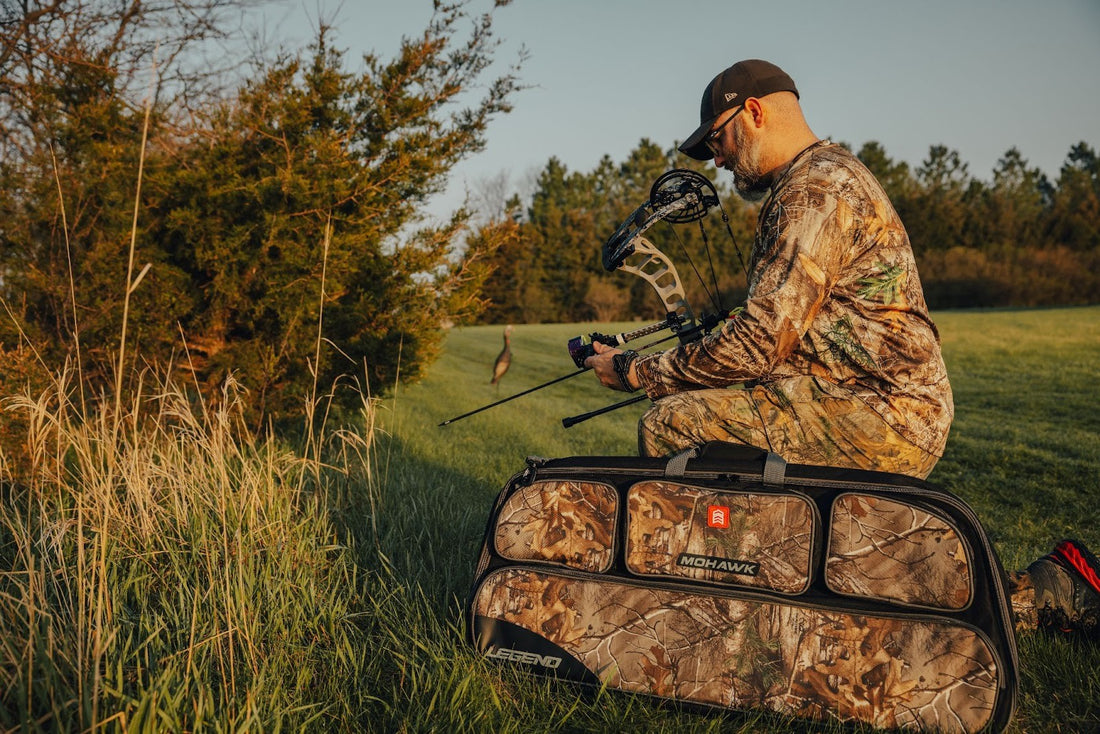Hunting is one of the most popular ways archers test their skills. However, it can also be one of the most complex. Even the most professional archers will point out that a lot goes into preparing for a trip to the wild. And even if you’re fully prepared, you still need to be ready mentally to hunt big game.
It’s almost hunting season. This means that many archers like yourself will be getting ready to head into the wild. But, before you pack your archery hunting gear, you need to be ready on all fronts. In this guide, we’ll take you through the tools you need to have in a proper setup, as well as what they can do to help make your trip a successful one.
The Hunting Checklist For Archers
The first thing you need to do while preparing for your bowhunting trip is to ensure that your archery hunting gear is in top shape.
When it comes to gear, you should know that this is quite subjective. There’s no one-size-fits-all approach to choosing the right gear for a hunting trip. However, several tools are necessities for your trip. We’ll look into these tools as well as how they could help make your hunting trip a successful one.
Bow

Archery bows come in different types - although the most popular are compound bows, recurve bows, and longbows. Most hunters tend to prefer compound bows because of their compatibility with additional archery accessories that can help improve their aim and shooting accuracy. However, the choice here really depends on you.
When selecting bows, it is important to keep a few things in mind. These include:
- The bow size: An ideal bow shouldn’t be too large or too small for your arms. Check out different options to see which fits well before selecting one.
- The draw length explains how long you’ll need to draw the bow before firing. Usually, the shorter the draw length, the better.
- The draw weight is a measure of the weight you’ll need to apply to reach full draw before firing the bow. To determine your optimal draw weight, you will need to form a correlation between the weight and your strength.
- The bow length: Generally, shorter bows are usually better in close-range hunting, while longer bows work better in open fields.
- The brace height is the distance between your bowstring and the handle grip while in a resting position. Shorter brace heights can improve speed on your draw, so keep this in mind.
Arrows

Next, we have arrows. Your choice of arrows is one of the most important things you’d need to consider before you go hunting. If you don’t have the time to build your arrow from the ground up, you could buy some custom options and add them to your archery hunting gear.
When selecting arrows, there’s a lot you need to keep in mind:
- Material: These days, the most popular arrow materials are aluminum, carbon fiber, composite, and wood. Composite arrows are the ideal choice for optimal accuracy, although they also tend to be more expensive than the others. However, carbon arrows are also the most popular because they combine durability and accuracy.
- Diameter: In general, an arrow with a smaller diameter is able to penetrate better. It also leaves less room for wind drift. However, these arrows also require some special inserts - many of which will need to be installed. So, be sure to ask your vendor before you make a selection.
- Spine: Simply put, the spine measures the amount of bend or flex an arrow has. You’ll usually find this number on the arrow’s label, and an arrow with a higher spine has more flex. A bow with a heavier draw weight will need an arrow with a low spine - and vice versa.
- Arrow & Point Weight: Generally, a heavier arrow will penetrate your prey more easily. However, these arrows also lack speed and can be more difficult to handle.
- Fletching: Fletchings are vital to improving your arrow’s accuracy and stability. They come in different sizes, and large fletchings are much better for close-range shooting. If you’re hunting distant targets, you want to get smaller fletching.
Quiver

Quivers hold your arrows and keep them organized. They have been part of the standard archery hunting setup for centuries and are among the most diverse archery accessories.
The different quiver types available include back quivers, hip quivers, field quivers, detachable quivers, and bow-mounted quivers, all of which come with pros and cons. Generally, when choosing quivers for bowhunting, the rule of thumb is to find one that effortlessly matches your shooting style and helps you maintain balance.
Release Aid

The release aid is a mechanical tool that helps with firing. If you notice that your hands might get a bit wobbly and you’d like more stability as you shoot, then you need to find the best archery release for hunting.
Most archery release aids are ideal for compound bows. These bows have more accommodation for mechanical tools and adjustments, and a release can easily be incorporated into your bowhunting setup.
Release aids help improve your accuracy while also reducing finger fatigue and preventing dry-firing. To find the ideal option for you, consider the different types of archery releases:
- Index Finger Release Aids: The index finger release comes with a comfortable wrist strap that takes all the work away from your fingers. It is also great because it’s simple and easy to use.
- Handheld Thumb Release Aids: Also referred to as thumb releases or button releases. Unlike the index finger release, your fingers are still involved in the shooting process, but the thumb release helps you maintain your anchor point whenever you pull the bowstring.
- Hinge Release Aids: These aids are similar to the handheld releases. However, they can be a bit too complex to work with, especially in situations when you need your reflexes.
Sight

Bowhunting is all about accuracy, and archery sights are some of the best tools to help you improve your aim and the accuracy of your shots. Sights are devices that use markers (pins, lens, circles, etc.) to help archers hit their target more seamlessly. You simply have to center the sight on your target in order to get a reference point for aiming. When used correctly, you’d find that sights can drastically improve accuracy when used correctly, helping you hit your target faster.
Like the release aid, sights are also more suited to compound bows. However, some options also work fine with the other bow types.
While there are several types of bow sights, the most popular options are:
- Fixed, Multi-Pin Sights: These sights come with different pins inside a single, fixed body. They’re ideal for new archers because they come with few moving parts and allow you to easily make shots at various distances without needing much adjustment.
- Single-Pin Sights: These sights are basically a single pin housed in the sight’s body. You can adjust for different yardages by moving the sight body up or down. Single-pin sights are particularly great for their accuracy and ease of use.
- Multi-Pin Adjustable Sights: They come with three to five pins, allowing you to adjust each for yardage. An added advantage is that you can also move the entire body. These sights might require a bit of a learning curve, but they’re a pleasure to work with once mastered.
Arrow Rest

An arrow rest is an essential tool that attaches to your bow and helps maintain a consistent arrow placement. It can also help hold your arrow in place while you get ready to shoot. This is particularly useful for beginner bowhunters, shooting in the wind and field archery.
Generally, each type of bow has rests that work with it. For recurve bows, we have the shelf rest, rest and plunger, stick-on rest, and screw-in rest. But if you’re using a compound bow, you’d want to consider the launcher rest, containment rest, or drop away rest.
Be sure to consult your local archery shop to find the option that best suits your bow type and shooting style.
Gloves

You can’t be too safe when bowhunting and gloves are among the most important safety tools to have. Along with products like arm guards and release aids, you need hunting gloves to protect your fingers from contact with the arrows and a possible injury, especially if you’ll be hunting for hours. The repeated harshness of the bowstring can cause nerve damage over time, leading to finger numbness in the long run. Hunting gloves help to alleviate this pain and provide a sense of comfort, helping you to enjoy your hunting for much longer.
Generally, the best hunting gloves for archery include full-fingered gloves, fingerless or half-fingered gloves, and mittens - which provide the needed warmth and comfort when hunting in cold weather.
Ready For The Wild?
Hunting is one of the best ways archers practice their skills and boost their shot accuracy. However, it is also quite complex, and you’ll need to be adequately prepared for your trip to go well.
We’ve prepared a suitable checklist to run through as you prepare to go into the wild. You should also keep these in mind as you step out:
- Safety is of utmost importance when hunting
- Choose your terrain carefully, so you can set up and prepare before firing
- When choosing quivers, the two most important factors are practicality and holding capacity
- All items you choose should be light enough for you to carry easily
Also, remember archery accessories can make your hunting experience better. We have a selection of some of the best archery hunting gear available at Legend Archery, so be sure to look through our catalog to find some of the most appropriate options for your next hunting trip.
 cust@legendarchery.com
cust@legendarchery.com 302 503 5767
302 503 5767 Whitestown, In 47075
Whitestown, In 47075




